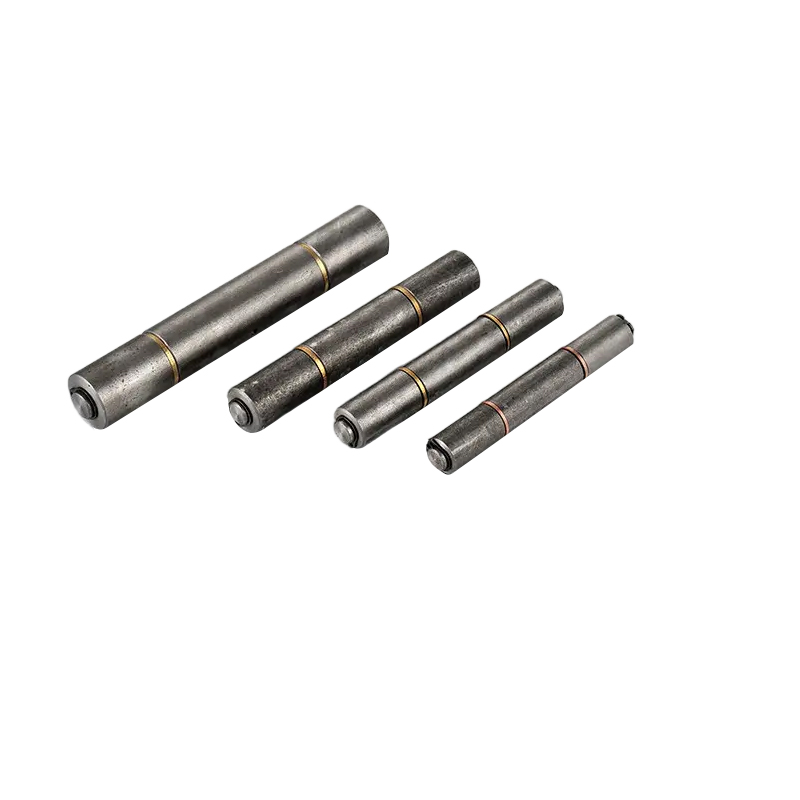No. 200 Gaoxin RD, Shanghua St, Lanxi, Zhejiang, P. R China
The CNC (Computer Numerical Control) machine tools are widely used in ...
See DetailsWhen constructing or installing heavy-duty gates, the choice of hinges plays a critical role in ensuring functionality, stability, and safety. Hinges for heavy duty gates must be able to support substantial weight, resist environmental factors, and allow for consistent movement over time. Understanding the different types of hinges for heavy duty gates can help builders, property owners, and maintenance teams make practical decisions based on their specific needs.
The frequently used types is the butt hinge, which consists of two identical leaves attached by a central pin. In heavy-duty applications, these hinges are made of thicker, more durable materials such as stainless steel or galvanized iron. While butt hinges are more commonly associated with doors, larger and reinforced versions are used in some heavy-duty gate systems, particularly where a clean, enclosed look is preferred.
Another popular choice is the strap hinge. These are characterized by long, flat arms that offer a broad surface for support. Because of their extended length, strap hinges distribute the weight of the gate more evenly across the hinge side. This makes them especially useful for wide gates such as those found on farms, industrial entrances, or estate driveways. Hinges for heavy duty gates like strap hinges are often surface-mounted, allowing for easier installation and maintenance.

Barrel hinges are also commonly found on heavy duty gates, particularly those made of metal. These hinges are compact but highly robust, consisting of a cylinder (or “barrel”) that houses the pivot mechanism. They’re often welded onto metal gates and posts, creating a strong, permanent bond. Their concealed design also provides a clean appearance, and they are generally resistant to tampering or damage.
Another type to consider is the pivot hinge. These are often used in commercial or industrial settings where the gate’s weight needs to be supported from the bottom as well as the top. Instead of mounting on the side, pivot hinges attach at the top and bottom of the gate and the frame, providing a stable axis of rotation. This allows hinges for heavy duty gates like these to support extremely heavy gates with greater ease.
Adjustable hinges are also important for gates that may need repositioning or realignment over time. These hinges allow installers or maintenance personnel to fine-tune the gate’s position after installation, compensating for minor shifts in the structure or ground settling. Adjustable hinges for heavy duty gates are ideal in areas with frequent usage or where seasonal changes affect gate alignment.
It’s also important to consider spring-loaded hinges, especially for gates that are meant to close automatically. While not always used on very large gates, spring-loaded models can be adapted for certain types of hinges for heavy duty gates where controlled closing is necessary, such as in fenced-off security areas or livestock enclosures.
In choosing between these types, one must consider the gate material, its width and weight, frequency of use, and environmental exposure. Whether for industrial, agricultural, or residential applications, the right hinges for heavy duty gates contribute significantly to long-term performance and safety.
Selecting the proper hinges for heavy duty gates involves evaluating several hinge types, each with its distinct characteristics and benefits. By understanding the common options—such as strap, barrel, butt, pivot, adjustable, and spring-loaded hinges—users can ensure their gates remain functional and secure under regular.